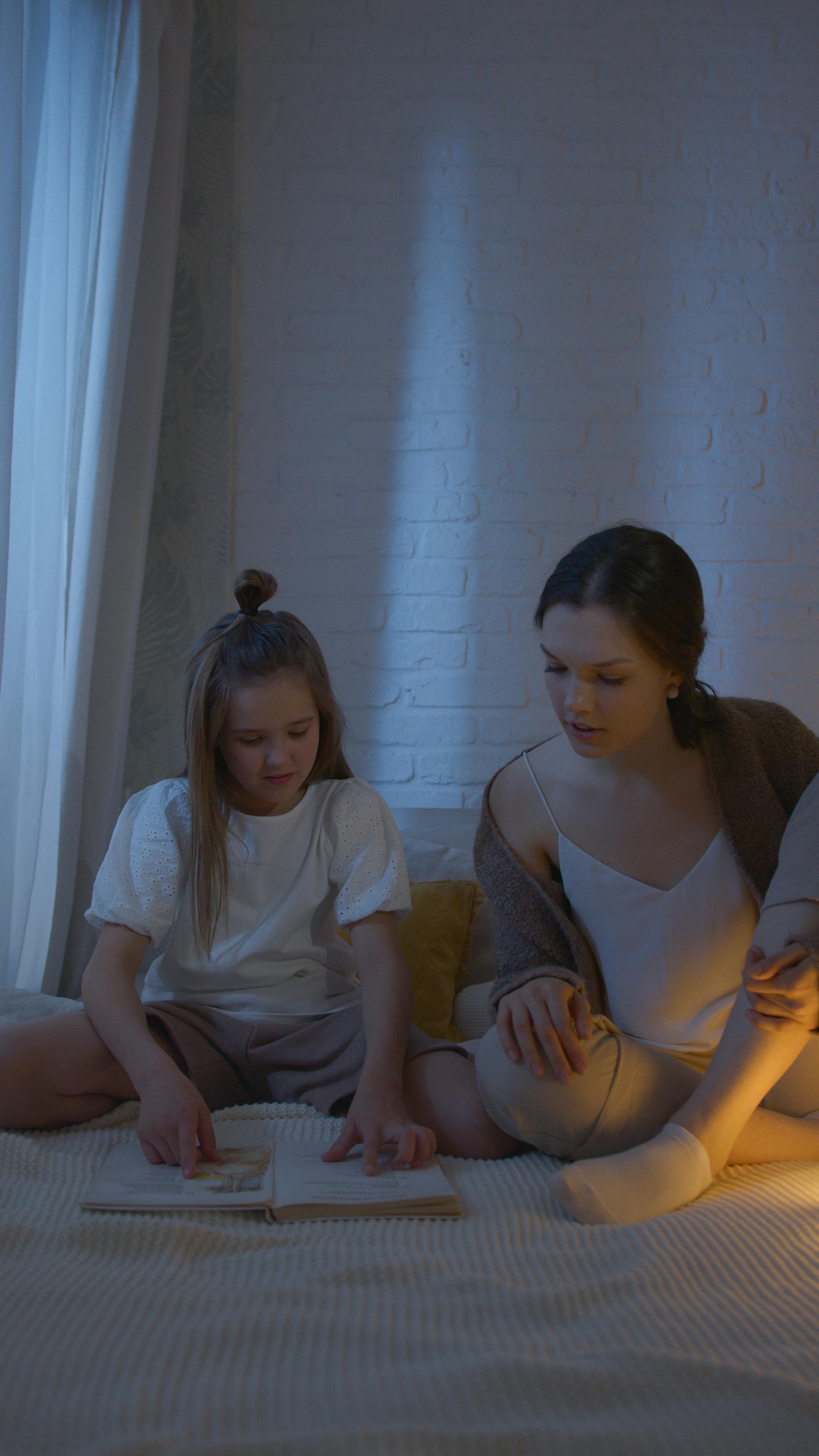 Melody (センリツ, Senritsu) is a Music Hunter and is the type and understanding member of Neon’s bodyguards. Wright, nonetheless, wasn’t having it, not less than not till the pair met with Beck in his tour bus at San Francisco’s Outside Lands music festival. Woah, woah, woah-save some bulletins for San Diego, guys! While Alan had beforehand been de-aged and given a new costume, and he had beforehand given up his ring and Green Lantern title, this story options the return of his powers and the first time he decided on his new superhero identify: Sentinel. And but there was that foolish title, one that didn’t actually reflect the raison d’etre of the superhero team that author Dan Vado had Captain Atom articulating; somewhat than being an in-your-face, proactive super-team as is so typically tried by the super-comics publishers, Atom needed to return to the times of the pre-Satellite Era Justice League, when the group did not require so much bureaucracy (though even the unique Justice League and their precursors the JSA were never short of conferences and group).
Melody (センリツ, Senritsu) is a Music Hunter and is the type and understanding member of Neon’s bodyguards. Wright, nonetheless, wasn’t having it, not less than not till the pair met with Beck in his tour bus at San Francisco’s Outside Lands music festival. Woah, woah, woah-save some bulletins for San Diego, guys! While Alan had beforehand been de-aged and given a new costume, and he had beforehand given up his ring and Green Lantern title, this story options the return of his powers and the first time he decided on his new superhero identify: Sentinel. And but there was that foolish title, one that didn’t actually reflect the raison d’etre of the superhero team that author Dan Vado had Captain Atom articulating; somewhat than being an in-your-face, proactive super-team as is so typically tried by the super-comics publishers, Atom needed to return to the times of the pre-Satellite Era Justice League, when the group did not require so much bureaucracy (though even the unique Justice League and their precursors the JSA were never short of conferences and group).
 It spins fairly straight out of the pages of the “Judgement Day” crossover (collected in Wonder Woman and Justice League America), with the Justice League splintered into three completely different groups, every appearing in a different title (Wonder Woman’s staff would occupy Justice League America, Martian Manhunter’s Justice League Task Force and Captain Atom’s the poorly-named Extreme Justice). Co-written by Steel co-creator Jon Bogdanove and a Judith Kurzer Bogdanove, who I’m assuming is his wife, and entitled “Crucible of Freedom,” the premise is a perhaps fascinating however awfully tough one to deal with: What if John Henry Irons turned steel not in modern-day Metropolis, however within the American South within the 1860s? Meanwhile, John Henry grows as much as be not solely smart, however huge and noble, prepared to take the beatings meant for different, weaker slaves regularly. Written by Charles Moore, it features a reasonably generic sentient robot alien conqueror sort coming to earth to get some uncommon minerals and stumbling upon Supergirl, whose body he would like to take over as his personal. I’d wish to read al the Bloodlines annuals! The explanation I picked this up now-along with being mildly inquisitive about the whole series, which I just learn extremely sporadically back when it was being launched, of course-was that this particular concern featured an Alan Scott again-up, and one among some significance.
It spins fairly straight out of the pages of the “Judgement Day” crossover (collected in Wonder Woman and Justice League America), with the Justice League splintered into three completely different groups, every appearing in a different title (Wonder Woman’s staff would occupy Justice League America, Martian Manhunter’s Justice League Task Force and Captain Atom’s the poorly-named Extreme Justice). Co-written by Steel co-creator Jon Bogdanove and a Judith Kurzer Bogdanove, who I’m assuming is his wife, and entitled “Crucible of Freedom,” the premise is a perhaps fascinating however awfully tough one to deal with: What if John Henry Irons turned steel not in modern-day Metropolis, however within the American South within the 1860s? Meanwhile, John Henry grows as much as be not solely smart, however huge and noble, prepared to take the beatings meant for different, weaker slaves regularly. Written by Charles Moore, it features a reasonably generic sentient robot alien conqueror sort coming to earth to get some uncommon minerals and stumbling upon Supergirl, whose body he would like to take over as his personal. I’d wish to read al the Bloodlines annuals! The explanation I picked this up now-along with being mildly inquisitive about the whole series, which I just learn extremely sporadically back when it was being launched, of course-was that this particular concern featured an Alan Scott again-up, and one among some significance.
From Todd Martens’ article on how director Edgar Wright went about discovering the proper sound to provide Sex Bob-Omb in his movie adaptation of Bryan Lee O’Malley’s Scott Pilgrim series, from the LA Times’ Hero Complex weblog. Next problem would not function an Alan Scott story, nor do I think he returns the rest of the yr. Pornographic art that depicts ladies presumed to be prostitutes performing intercourse acts may show the breasts covered by a strophium even when the remainder of the body is naked. It’s an odd little story wherein the hero encounters a boy who has a ray gun that dissolves clothing; he attacked a charity fashion show in an effort to see the models bare and, when Argus intervenes, he evaporates his costume, leaving the hero working away naked on the Tv news. It certainly makes for a satisfyingly melodramatic arc, as we see the protagonist and generations of his household subjected to the most horrible evil for pages and pages before Irons eventually dons his armor and liberates the plantation via power, now protected not solely from whips however even bullets and cannon balls. In the Bogdanoves’ story, John Henry is nursed alongside Arthur Forrest, the scion of the plantation.
What if he was born a slave on cotton plantation? Eventually Arthur blames John Henry for his being despatched away to a faculty, and vows revenge; being spurned by a lady who then goes on to have sex with a slave doesn’t help dispel his race hatred in the least. And there’s the artwork of pencil artist Marc Campos and inker Ken Branch, through which a reader can discover any of the stereotypical sins attributed to 1990s tremendous-comics artwork, from there solely being two body types (“superhero” and “superheroine”); questionable anatomy; questionable level-of-view; backgrounds consisting of both empty house, rubble or explosions; screaming mouths stuffed with saliva; and, each once in a while, a panel like this, where even the questionable anatomy appears to have utterly broken down in such a manner it appears peculiar that DC Comics would have even printed the picture. I’m not likely conversant in Argus, having by no means read the Flash Annual that launched him-but I’d wish to! It’s simply not something (many) people need to read.